In Photos: Spider Rock Art Discovered in Egypt
A broken panel
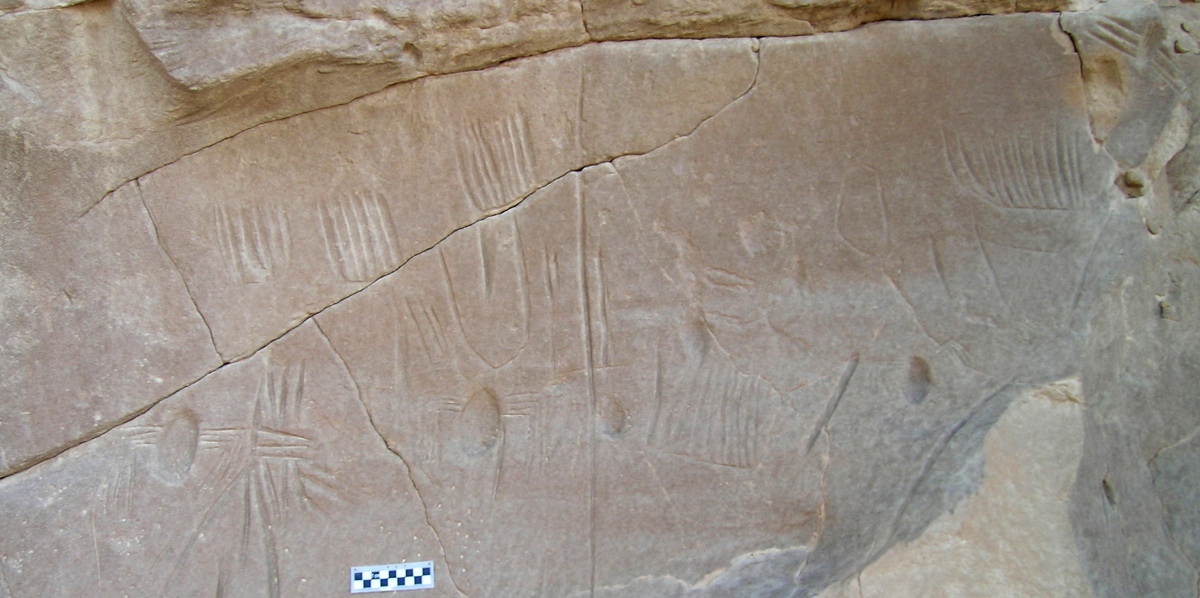
Archaeologists have discovered a broken panel that depicts the only known example of spider rock art in Egypt and, it appears, the entire Old World. It was discovered in a valley in the Kharga Oasis, in the western desert, about 108 miles (175 km) west of Luxor. The main panel, shown here, contains a few spiders. The spider at far left is beside a “star” that may actually be an attempt to depict a web.
The images that look like combs are more enigmatic and could be insects the spiders are trying to trap, plants, or even silken tubes spun by the spiders. The panel’s date is uncertain but based on other signs of human activity found nearby it could date back to around 4000 BC or earlier, well into prehistoric times.
Similar bur different
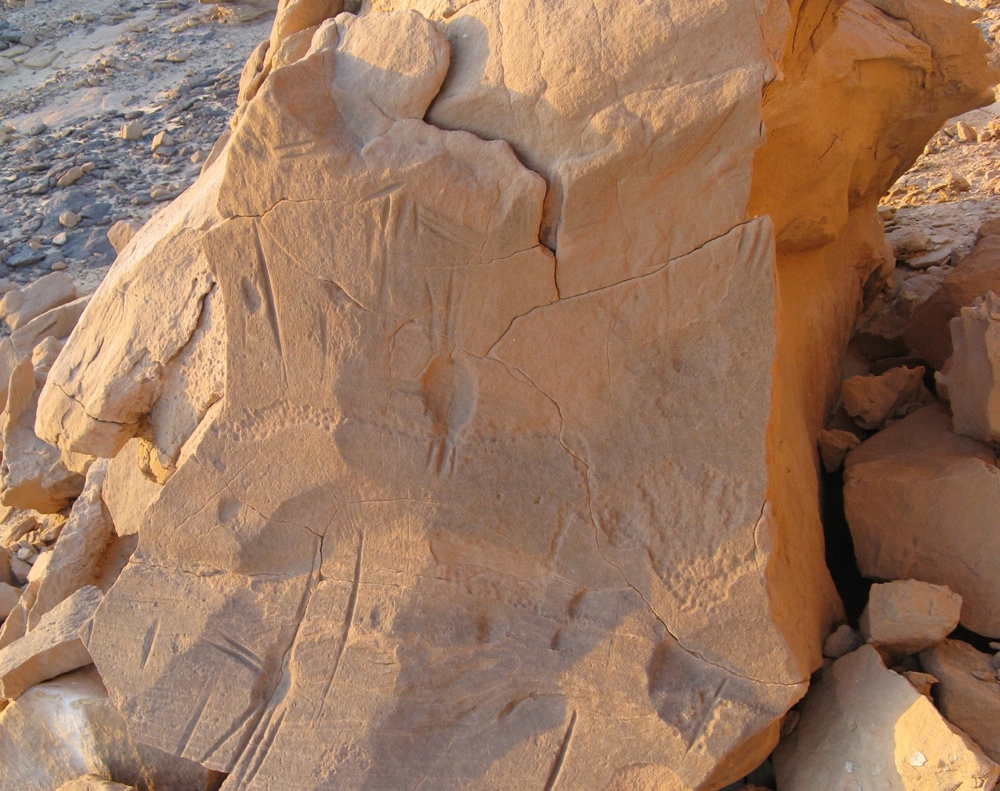
The broken off part of the panel, shown here, shows creatures drawn in a different way. There appears to be an attempt to display eight limbs but they are not flexed and look different than the spiders in the main panel. It’s possible that this is an attempt to depict a harvestman, an insect that looks like a spider.
Reconstructing the past
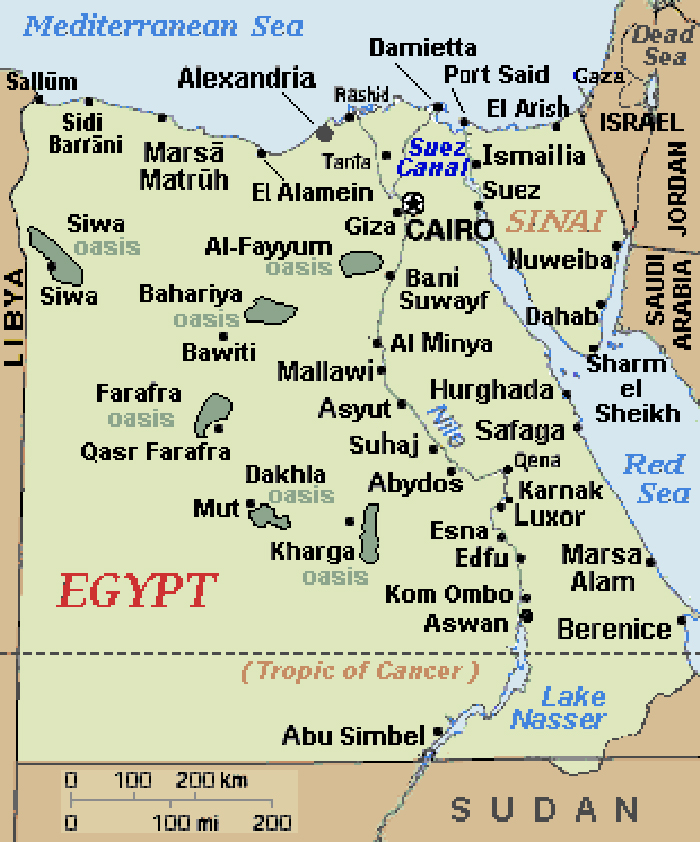
Kharga Oasis is located 108 miles (175 km) west of Luxor in Egypt’s western desert. Egyptologist Salima Ikram co-directs the North Kharga Oasis Survey which is examining archaeological sites in the area and gathering data to reconstruct what the environment looked like in the past.
A long history
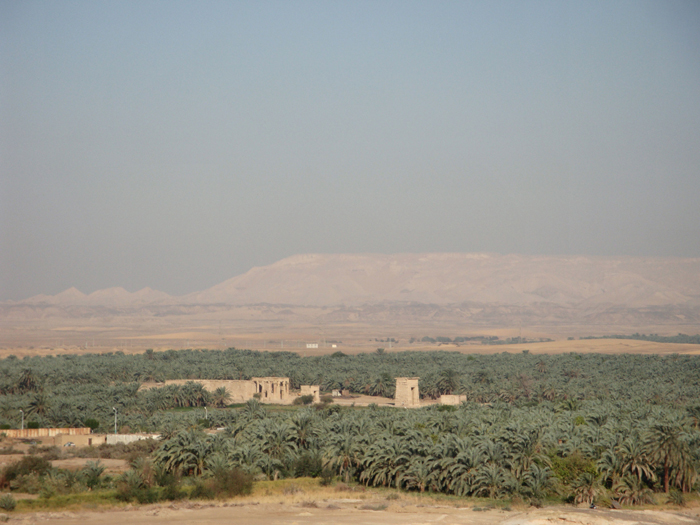
Evidence of human occupation at the Kharga Oasis goes back well into prehistoric times and, indeed, it is still inhabited today. This image shows the Temple of Hibis which was built about 2,500 years ago.
A mystery to be solved
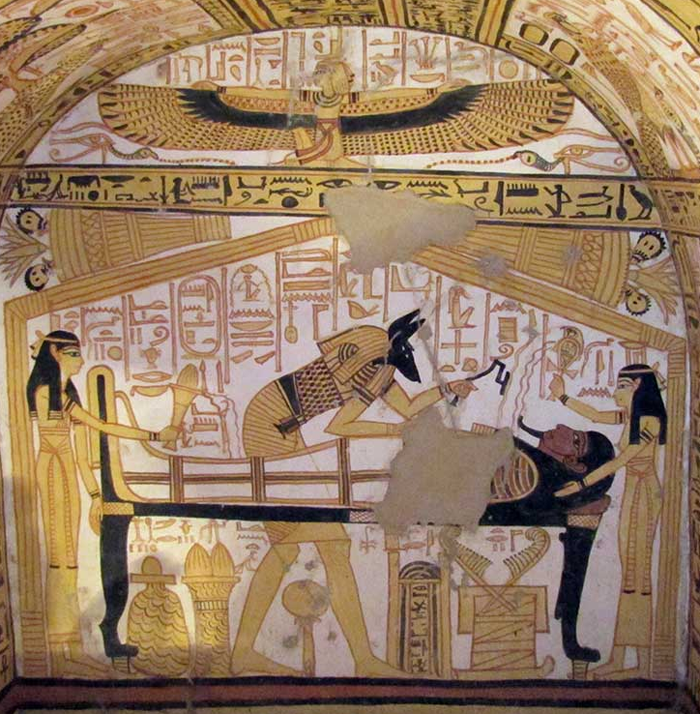
Why spider rock art was created at the Kharga Oasis is a mystery. The ancient Egyptians appear to have had little interest in drawing spiders. Ikram notes there are rare examples of spider hieroglyphs from religious texts that deal with the “opening of the mouth” ceremony. An example of this ceremony, depicted in a Theban tomb, is seen here showing the gods Anubis, Isis and Nephthys.
An answer to the mystery
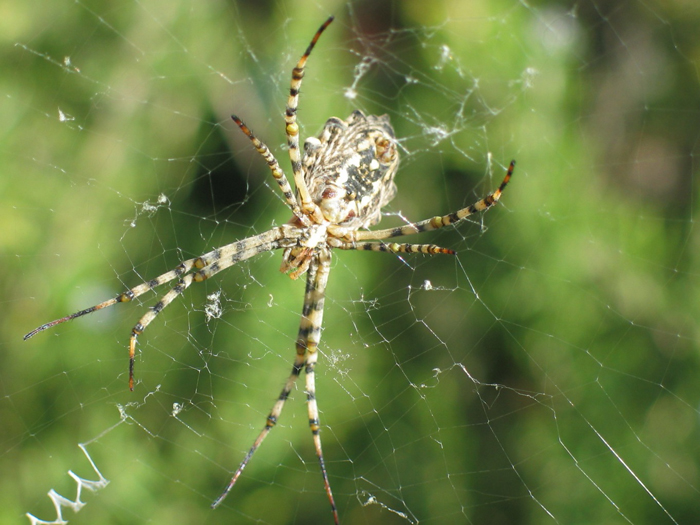
A possible answer to this mystery may lie in the spider Argiope lobata, which inhabits the eastern and western deserts of Egypt. This creature is known for its ability to tolerate the noon hour sun by shading itself in its own web, something that may have been of religious importance to the ancient people of the oasis.
Spiders in mythology
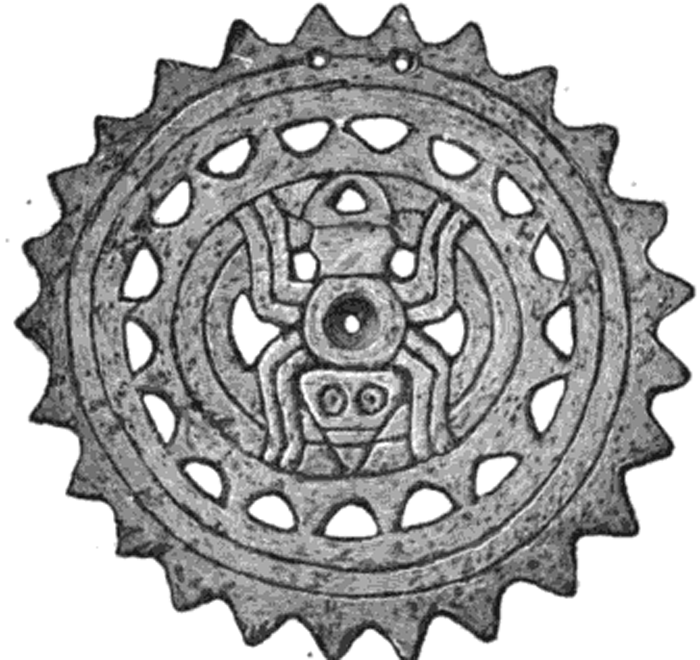
Ikram notes that spiders do play a role in the mythologies of several cultures around the world including Greek, Akkadian and (in the New World) Cherokee. This image shows a shell gorget, depicting a spider, obtained from a mound on Fain's Island, Tennessee.
Sign up for the Live Science daily newsletter now
Get the world’s most fascinating discoveries delivered straight to your inbox.
Present-day mythology

This interest in spiders extends into our own present-day mythology. The story of Spiderman, about a young man who develops superpowers after being bitten by a spider, is one of the most popular comic book characters ever created and has been the subject of two movie trilogies in the past decade. This picture shows someone dressed as Spiderman alongside New York City Mayor Michael Bloomberg.
Something unique
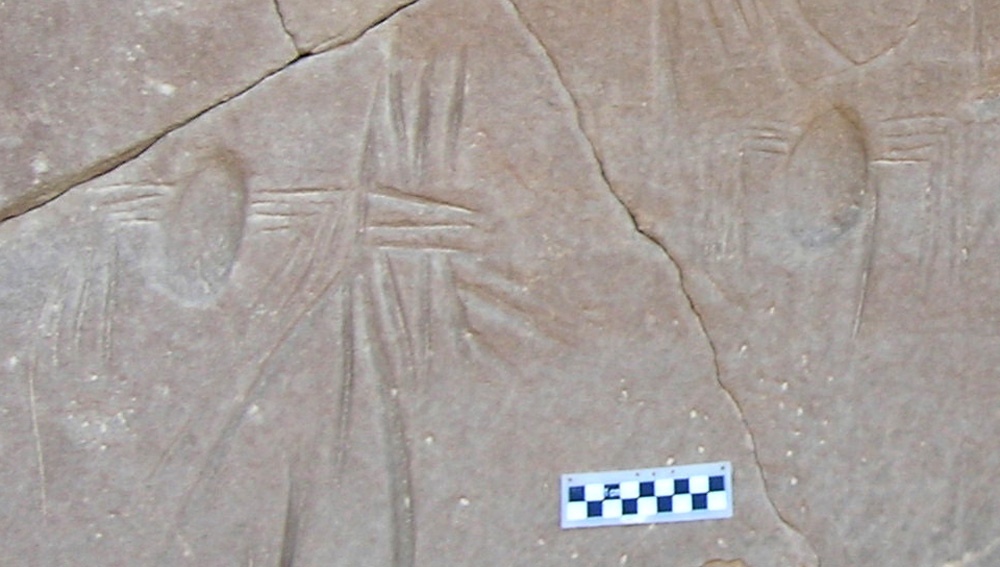
Regardless of the reasons why the ancient people of the Kharga Oasis created these drawings, they left behind something unique. The only known example of spider rock art in Egypt and, it appears, the entire Old World.

Owen Jarus is a regular contributor to Live Science who writes about archaeology and humans' past. He has also written for The Independent (UK), The Canadian Press (CP) and The Associated Press (AP), among others. Owen has a bachelor of arts degree from the University of Toronto and a journalism degree from Ryerson University.










